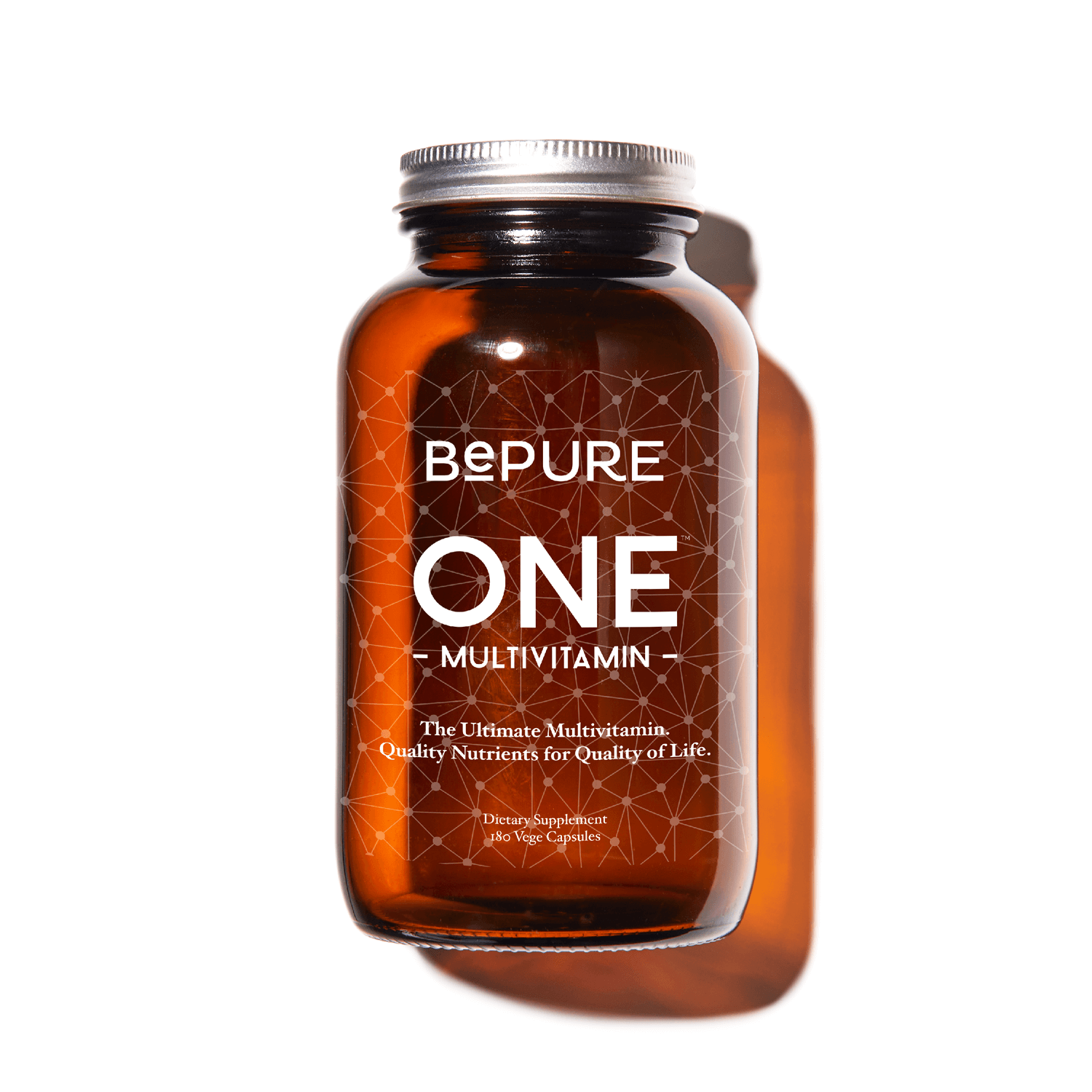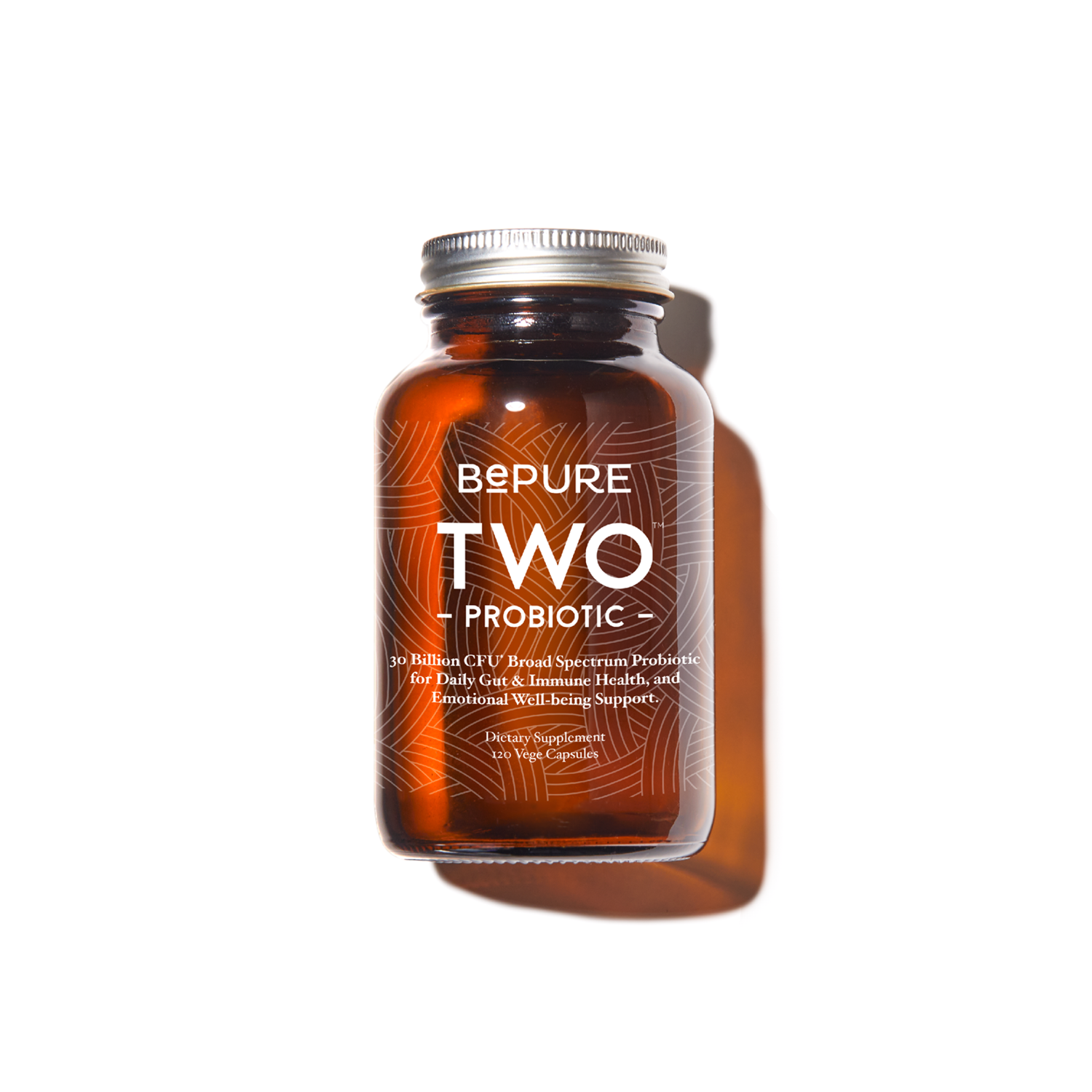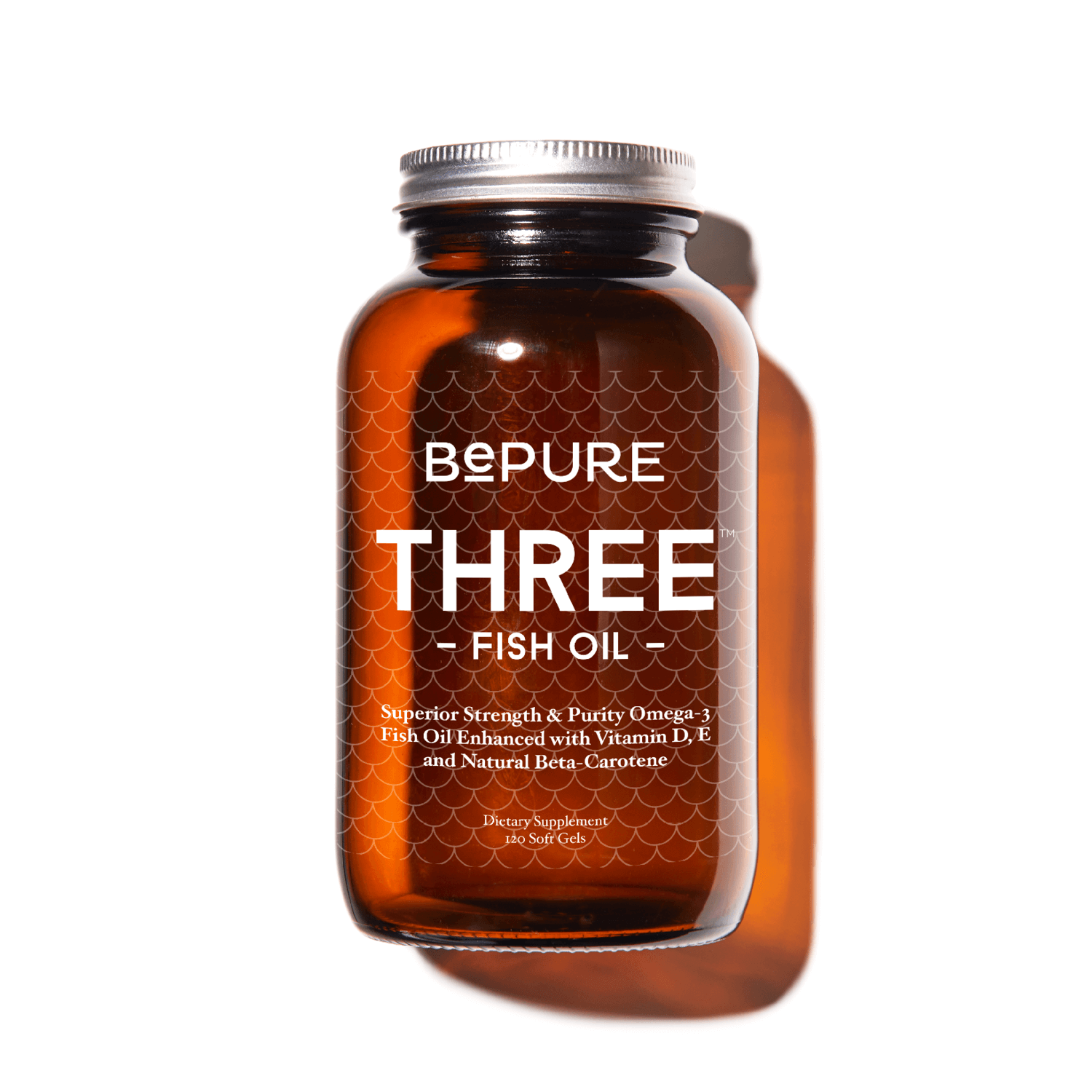If you find yourself experiencing feelings of anxiety, burnout, or stress, know that you are not alone. These feelings are more common today than ever before, as modern life means the line between work and professional blurs.
In the past ten years, Google searches for anxiety alone have risen by 48% worldwide, which shows how many people are looking for ways to find calm.
When we think about it, it’s unsurprising that this is the case since everything that is designed to make modern life ‘easier’, means we’re uber-connected, have more information, and we can’t seem to escape the news! The ways in which our lives are more convenient mean we need to easily access ways to manage our feelings when things get challenging.
Often we use the terms, ‘stress’, ‘anxiety’, and ‘burnout’ interchangeably or as a catch-all for feelings of overwhelm and low-mood, but let’s clarify what each of these means both situationally and scientifically so that we can feel empowered when it comes to managing the signs of each and how they manifest. That way, when we’re doing our own research or reading up on the topics, we know exactly what to look for.
Read on to learn about:
- The definition of anxiety and some examples
- The definition of burnout and some examples
- The definition of stress and some examples
- The link between mood and nutrition
- Harnessing the power of nutrients
- Steps to take to calm a busy mind and stressed body
Finding Balance amid Anxiety, Burnout, and Stress
Anxiety:
Anxiety is defined in general terms as excessive worry about the future. If you’ve felt nervous about what could happen in a given situation, feeling nervous and on-edge this is anxious thinking. Anxiety is hard because it puts you in a position where you’re worrying about every possible outcome for any situation. That’s a lot for anyone to manage so it’s no wonder it leads to some real physical and mental consequences.
Examples of anxiety could include:
- Being convinced that you’re going to spectacularly mess up at a presentation or meeting, usually in an unrealistic, very unlikely way. A bit like dreaming you showed up at work with no clothes on.
- Excessive worry (usually without evidence or based on intrusive thought) about relationships both personal and professional.
Anxiety disorders are very common in New Zealand. At any one time, 15% of the population will experience anxiety disorder and 1 in 4 New Zealanders will experience this at some point in their life.
Aside from these mental signs or triggers, anxiety is usually paired with trouble relaxing, feelings of restlessness (e.g. fidgeting), being annoyed or tetchy. These are all signs you’re in an increased state of flight or fight.
Did you know that our body can’t determine one kind of ‘threat’ from another? So, that weird feeling you might get in your extremities or in your stomach when anxious about work is the same one our ancestors got when preparing to run away from a woolly mammoth and only one of those needs an influx of cortisol (our body’s alarm system).
Burnout:
Burnout is a mental or physical overload. Until recently, it was almost exclusively considered a professional woe but more and more, it is being broadened to include personal and circumstantial situations. A recent example we can all relate to is, of course, COVID. If we look specifically at parents or families and how they were suddenly faced with full-time childcare while working or running a household and few-to-no breaks, it’s unsurprising that we experienced burnout in large numbers.
New research out of AUT suggests 11 per cent of New Zealand workers might be experiencing burnout: physical or mental problems due to stress or overwork
If you ever feel extremely overwhelmed by what you need to do - or what you’re already doing- but feel you no longer have the internal resources to do it, this is burnout.
Common signifiers of burnout include:
- Mentally distancing oneself from the responsibilities at hand
- Persistent exhaustion or fatigue
- Increased feelings of negativity or ennui or general ‘lack luster’
Despite these signs, a lot of people can push through and function at a high-level while burning out. This makes matters worse and can require long periods of sustained mental and physical rest to recover.
Workers across Australia and New Zealand are experiencing a higher rate of burnout compared to the global average, according to new statistics by Asana. The research found 89% of employees are working late – up 8% from 2019.
Stress:
This might sound like an oxymoron but the first thing to note is that not all stress is bad! We need stress to function every day but the ‘bad’ kind of stress is something we need to manage and is what we will focus on in this article.
Stress, unlike anxiety, is more circumstance- and evidence-based worry and concern. For example, being under a lot of pressure, ‘run off your feet’ , or feeling overwhelmed by a never-ending to-do list. This differs from anxiety which is, more often, more rooted in ‘what-ifs’.
Stress is also subjective. What is stressful for one person may be of no concern for another and in remembering that, we can validate how we are feeling and take steps to address the root cause and its traits instead of telling ourselves we shouldn’t be worried. Remember to always be gentle with yourself in times of stress.
4 Ways to Find Balance Amid Anxiety, Burnout, and Stress
1. The link between mood and nutrition
Do you ever accidentally skip a meal and then find yourself working at lowered capacity and ability? The same goes for all the parts of our body that are working to keep us balanced.
Anxiety and burnout can be linked to a lack of nutrients, primarily those that support the metabolic pathways that maintain neurotransmitter balance or optimal hypothalamus adrenal axis (HPA) function.
Phew, that’s a mouthful! So, in plain English...
The HPA is the collection of organs and their interactions that determine our hormonal reaction to stress and also regulates processes like: digestion, mood, immunity, sexuality, and energy.
A metabolic pathway is a sequence of enzyme-catalysed reactions that convert a substance into a product e.g. turning food into energy.
Hormones are chemical messengers that tell our cells what to do. A good example of a hormonal message is ‘fight or flight’. That hormonal response then triggers our autonomic nervous system.
Our autonomic nervous system regulates involuntary bodily processes like heartbeat, breathing, digestion, and sexual arousal.
This system allows us to respond in a whole lot of ways to survive that fight or flight response.
Serotonin, dopamine, norepinephrine, and gamma-aminobutyric acid (GABA) are all neurotransmitters and the production, regulation, and use of those is dependent on the right nutrients.
2. Harnessing The Power of Herbs and Nutrients
Nutrients are the fuel that allows our enzymatic reactions in the body which perform important tasks such as breaking down food or eliminating toxins.
Having adequate nutrients is essential for those processes to occur. For example, the making of serotonin.
The reason that herbs are important is because they stimulate that production. In a way, they offer an incentive for those enzymatic reactions to happen. They stimulate the biochemical, or metabolic, pathway so when we look at things like stress or mood, we want sufficient stimulation of neurotransmitters like the GABA.
So, now that we know that our neurotransmitters need nutrients to thrive, let’s look at which ones are the best and what they offer us.
Kava: Used for generations in the Pacific Islands to stimulate calm, Kava offers an instant relaxation response in the body. Longer term, it’s shown to support those with long-term anxiety, shifting the body from flight or flight and into rest and relaxation. It has a sedative effect but does not make you drowsy, so when taken in low doses, it is safe for driving and while at work. You won’t fall face first onto your desk asleep, so don’t worry!
Passion flower: This herb works longer term and is very calming. It works especially well on the GABA pathway. GABA is a calming neurotransmitter and whenever you get that “ahhh” feeling after a massage or calming yoga class, that’s your GABA in action.
Magnesium: We’re huge fans of magnesium here since it’s so effective at calming the body and the mind. Those enzyme-catalysed reactions we talked about above? Those are nourished by magnesium, this nutrient is actually involved in over 200 of these reactions so it’s super important to our body.
Zinc: Zinc acts as both sword and shield when it comes to mood! It has been shown to support the efficacy of antidepressants, and it also has been shown to ease signs of low mood when taken in supplement form. It specifically feeds dopamine and serotonin.
B6: Like Zinc, B6 supports neurotransmitter production - specifically serotonin. Multiple studies have shown benefit to mood, with one study showing an approximate doubling of likelihood of depression to those participants deficient in B6.
Ashwaganda root: This one has a host of benefits. It contributes to a healthy HPA axis balance which brings the body back to homeostasis. This is particularly helpful in times of stress when we need our body to go from a highly strung position to one of balance and readiness. In taking it consistently, we are increasing our body’s resilience.
Lemon balm: Another multi-pronged attack. Lemon balm reduces perceived stress (anxiety), assists sleep, and improves cognition.
Rhodiola: Rhodiola is an adaptogenic herb designed to pick us up, increase our energy, stamina, strength and reduce fatigue. Similar to antidepressants, it feeds our neurotransmitters to ensure they fire properly and send happy mood messages to our brain.
Theonine: This is an amino acid that balances the neurochemistry within the brain. It is also thought to help focus over long periods of time which is particularly useful for students and professionals.
When we look at the relationship within the body and brain, we see how linked it is. When we relax the body, we get relaxed neurotransmitters within the brain. When we get relaxed neurotransmitters, we get relaxing brainwave associations.
3. Finding the Words
Do you ever find yourself unable to articulate how you feel, so you end up trying to self-solve, usually with varying results? Us too.
That’s why we included the definitions and signs of three of the most common human moods and experiences at top. It’s not uncommon for those experiencing these signs and worries to think our symptoms aren’t severe enough to warrant talking about, or maybe that they’re so physical that we can’t possibly think they’re rooted in mental health (e.g. trouble breathing, jitters, trouble sleeping).
What we do know is that unaddressed signs of stress, anxiety and burnout can mean unnecessary and prolonged pain for those experiencing them and once we do look at them and take small steps towards improving our experience, we vastly improve our quality of life.
Being able to articulate how we feel means we can find the right answers faster.
4. Lifestyle and habits
We talked earlier about how modern life has led many of us to a place that requires us to step back from it.
The same devices that we have welded to our hands come with ‘do not disturb’ functions, the apps we love come with timers so we can be reminded to take a step back from the comparison olympics, and we have tech answers to stepping away from tech.
Sometimes altering our lives and routines in small ways to get big improvement. Here are three achievable, affordable, and accessible tips to start you off.
Exercise: Think of how good it felt the last time you moved your body. Even if it’s only for a short walk to the bus, our bodies start releasing endorphins when we move and our heart rate increases. Increasing even in small amounts with some morning cat-cows or picking up a new hobby like running or swimming will give your brain focus and a lot of joy.
- A lot of people find that restorative exercise like yoga, gentle swimming, stretching, or light pilates are better suited to reducing stress levels as opposed to boxing, HIIT, or running which can raise stress levels.
- Alcohol can cause both jitters and depression and for those of us prone to those feelings, alcohol exacerbates that. If you don’t think going teetotal is right for you right now, try avoiding alcohol during the week to give your body a break! Try this mocktail recipe for an alcohol alternative, and if you are drinking, remember we need two glasses of water for every one glass of alcohol to maintain hydration so keep the fluids up!
So, what next?
1. Take note of your feelings. Do you feel wired-in-a-bad-way after a beer or a coffee? Then it might be time to cut down and slow down
2. Try some nutritional and herbal support: Your neurotransmitters need nutrients, just like we do, in order to function. Imagine if you were deprived of food and then needed to solve a complex problem? That’s what your brain is doing when it’s trying to regulate mood so fill it up with all the nutrients it needs! The products in BePure's Stress and Burnout Recovery Pack are specifically designed to provide us with those very nutrients we need. Inner Strength builds resilience and Inner Calm supports feelings of anxiety and overwhelm.



